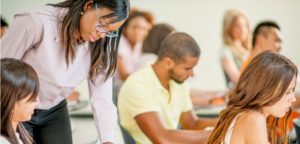
Assignment Details: What if You Provide Too Many?
In an era of hyper-focus on students’ academic performance, is it possible that schoolwork is actually too easy? I recognize that this might seem a strange question, given how much we hear of stressed-out students, slogging through hours of homework and blizzards of standardized tests.











